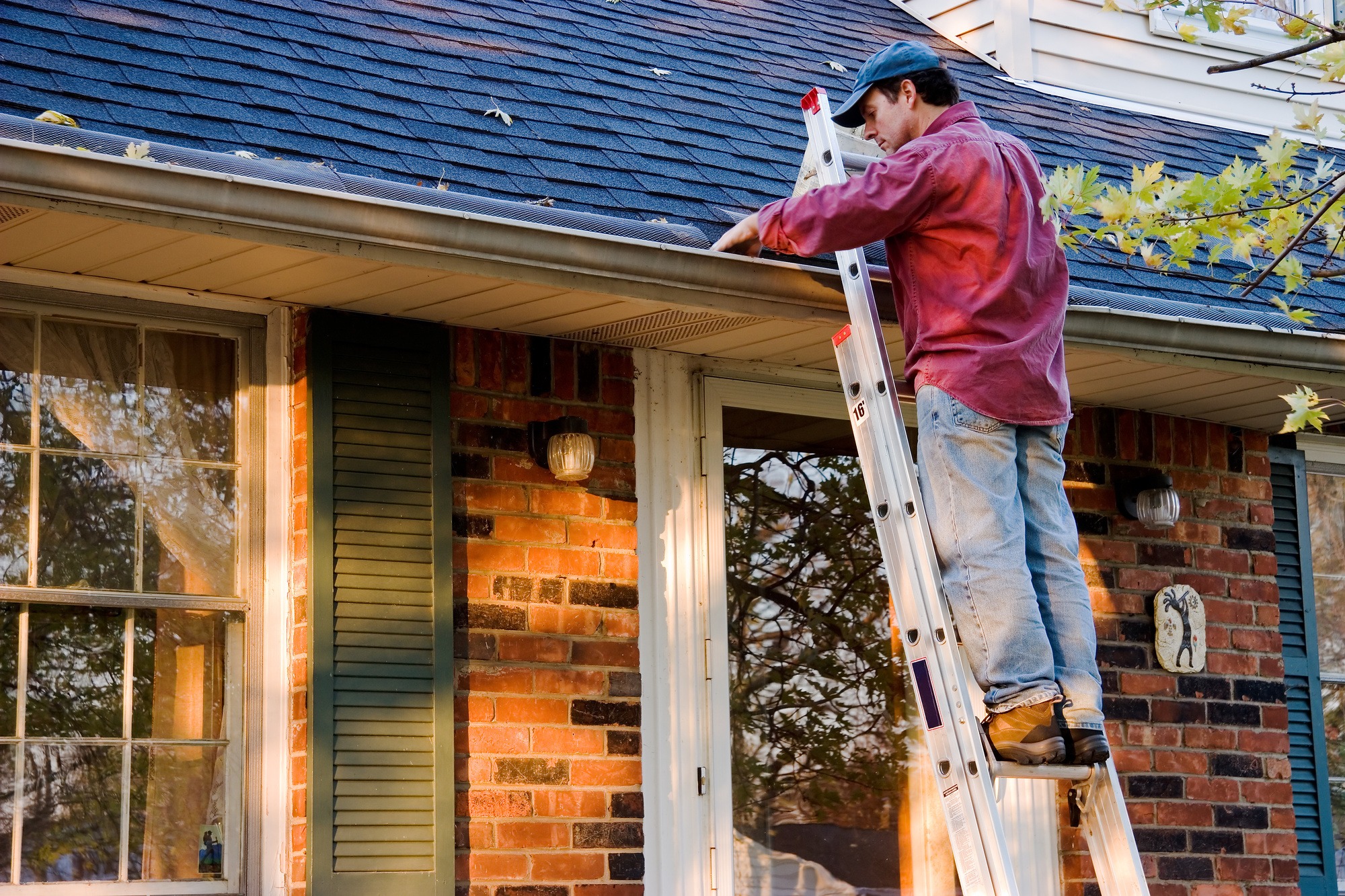Owning a home is a significant investment, and your roof is a crucial part of that investment. While it’s easy to overlook, proactive roof maintenance can save you money and stress in the long run. This article offers actionable tips to help you extend the life of your roof. By the end, you’ll have the knowledge you need to protect your investment and ensure a safer, more efficient home.
1. Know Your Roofing Material
Knowing your roofing material is the first step toward ensuring a long-lasting roof. Let’s dive into some common materials and understand how each impacts your roof’s longevity.
- Asphalt Shingles
Asphalt shingles are widely used due to their affordability and ease of installation. They are versatile and come in various styles. However, they generally have a shorter lifespan, ranging from 15 to 30 years. Weather conditions like high winds and temperature fluctuations can also impact their durability.
- Metal Roofing
Metal roofs offer excellent durability and can last up to 50 years or more. They are also energy-efficient, reflecting heat away from your home. On the downside, metal roofs can be expensive to install and may require specialized contractors.
- Clay Tiles
Clay tiles bring a unique aesthetic and can last for a century if well-maintained. They are also fire-resistant and environmentally friendly. However, they are heavy, requiring a robust support structure, and are more expensive than other options.
The material of your roof plays a significant role in determining your roof’s longevity. Asphalt may be suitable for budget-conscious homeowners but may require more frequent maintenance. Metal roofing is a long-lasting, albeit more expensive, option. Clay tiles offer unparalleled longevity but come with their own set of challenges, such as weight and cost
2. Regular Inspections
One of the most effective ways to ensure the longevity of your roof is to commit to regular inspections. Yearly professional evaluations are essential for catching minor issues before they evolve into significant, costly problems.
For those interested in taking proactive measures, DIY checks are also beneficial. Simple actions like examining for loose shingles, checking for rust on metal parts, or spotting any water damage can be informative. These checks, however, should not replace a professional inspection but rather complement it.
When you engage a professional roofer for an inspection, they’ll perform a comprehensive analysis. They’ll check the integrity of the shingles, assess the condition of the gutters, and inspect for any potential water damage. Roofers also examine the state of the flashing around roof protrusions like chimneys and vents, areas often prone to leaks.
3. Immediate Repairs

When it comes to roofing issues, a proactive approach to repairs can make a world of difference. Problems, such as leaks and damaged shingles, are not merely inconvenient; they are precursors to more extensive damage if left unaddressed.
Leaks are often indicators of underlying structural issues. Unattended leaks can result in mold growth and weaken the roof’s overall integrity. Similarly, broken or missing shingles expose the underlying deck to weather elements, making it vulnerable to deterioration.
Addressing these issues promptly is non-negotiable. For minor problems like a few damaged shingles, DIY solutions can be effective. Quality sealants and patching materials are available for quick fixes. However, if the problem is extensive or the roof’s structure is compromised, it’s crucial to consult experts immediately.
4. Proper Ventilation
A well-ventilated roof contributes to maintaining a balanced temperature and moisture level in the attic, which in turn affects the roof’s overall health. Lack of adequate ventilation can lead to a myriad of problems. For instance, excessive heat can cause shingles to warp or crack.
Similarly, moisture buildup can lead to mold and mildew, which weaken structural elements over time. In severe cases, poor ventilation can even lead to the rotting of the roof’s foundational structure.
Implementing remedies like ridge vents can be a game-changer. Ridge vents run along the peak of the roof, allowing warm, humid air to escape easily. This promotes a balanced climate in the attic and mitigates the risks associated with poor ventilation.
5. Gutter Maintenance
Keeping gutters clean is a straightforward yet vital maintenance task. Remove leaves, twigs, and debris regularly to ensure smooth water flow. Installing gutter guards can also help minimize the accumulation of debris. Check for any signs of rust, cracks, or holes and address these promptly to maintain the gutter system’s efficiency.
The best times to conduct gutter checks are before and after extreme weather seasons. A thorough inspection in late spring can prepare your home for summer storms, while another in early fall can ready it for winter snow and ice.
6. Seasonal Precautions
Each season presents unique challenges that require specific precautions to keep your roof in optimal condition.
- Winter
Snow accumulation can put significant stress on your roof. It’s advisable to remove heavy snow loads promptly to prevent structural issues. Consider using a roof rake or enlist the help of professionals to carry out this task safely.
- Summer
High temperatures and continuous sun exposure can lead to sun damage. This can manifest as faded, warped, or brittle shingles. A mid-summer inspection can help you identify and address such issues before they escalate.
- Fall And Spring
Fall is an excellent time to check for any summer damage and prepare your roof for winter. Focus on clearing debris from gutters and examining the roof for any signs of wear. Spring, on the other hand, is a prime time for assessing any winter damage. Look for loose or damaged shingles and ensure proper attic ventilation as temperatures rise.
Adopting seasonal precautions strengthens your roof’s ability to withstand various weather challenges, thereby extending its lifespan.
Conclusion
Ensuring the longevity of your roof is an ongoing process that yields long-term benefits. By scheduling regular inspections and acting promptly on repairs, you extend your roof’s lifespan significantly. Applying these actionable tips enhances your home’s safety, efficiency, and overall value.